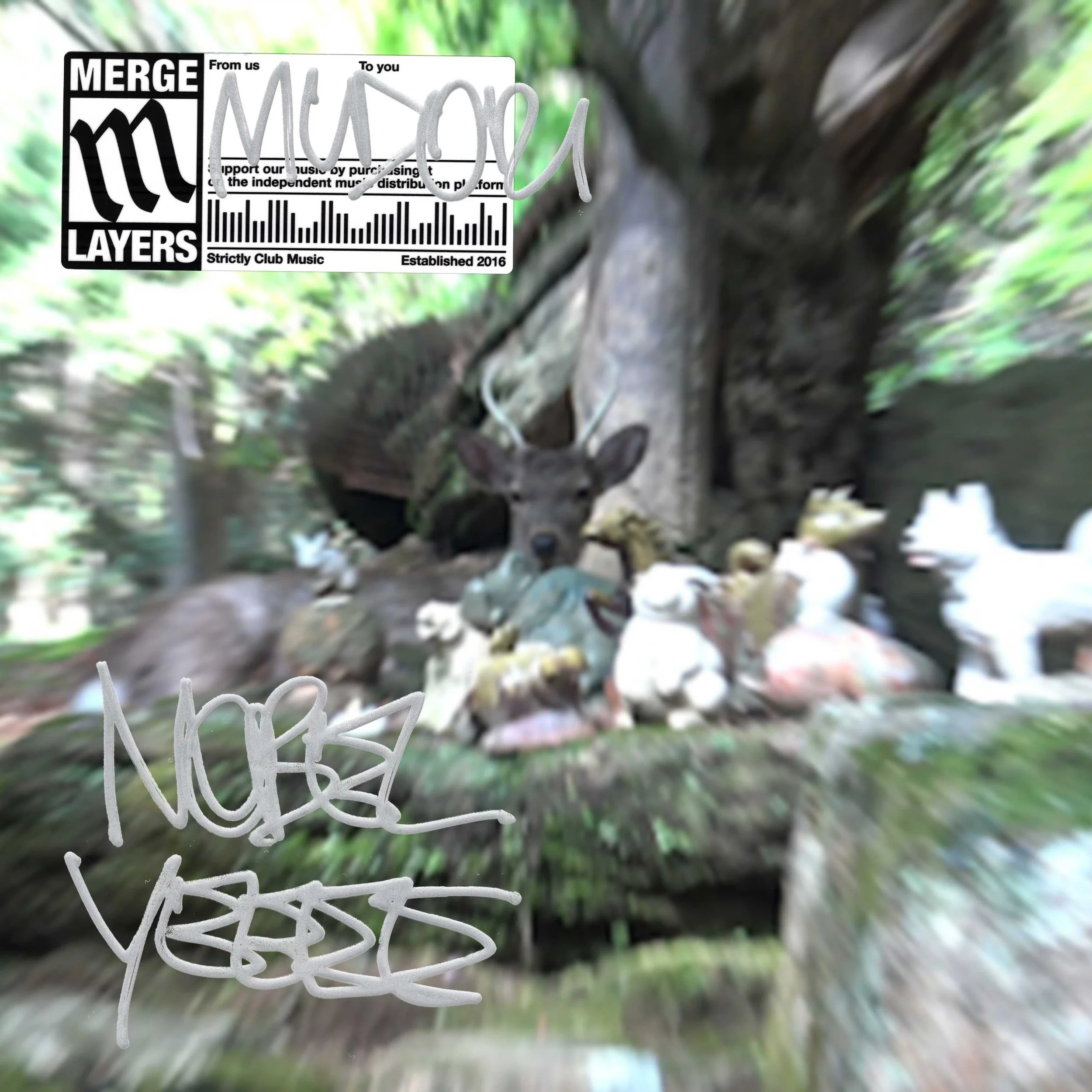Beyond the Biosphere: Alien (1979) Set Design
Ridley Scott's Alien (1979) is a cinematic masterpiece celebrated for its suspenseful narrative, iconic monster design, and groundbreaking special effects. However, often overlooked is the film's remarkable achievement in creating a visually stunning and immersive alien world. The set design, meticulously crafted by Roger Christian, is a testament to the power of cinematic storytelling and the ability of film to transport audiences to otherworldly realms.
The film's alien spaces are characterized by their stark, minimalist aesthetic. The Nostromo, the spaceship where much of the action takes place, is a labyrinth of cold, metallic corridors and cramped, utilitarian compartments. This sense of claustrophobia and isolation enhances the film's tension and creates a palpable sense of dread. The alien environment, in contrast, is vast, alien, and awe-inspiring. The planet LV-426, where the crew discovers the alien eggs, is a desolate, barren landscape punctuated by towering, monolithic structures. These structures, with their strange, organic shapes and alien materials, are a stark contrast to the sleek, technological aesthetic of the Nostromo.
The contrast between the sterile, human-made environment of the Nostromo and the alien, organic world of LV-426 highlights the inherent danger and unpredictability of exploring the unknown. The alien architecture, with its strange, otherworldly forms, suggests a civilization far more advanced and powerful than humanity.
The set design of Alien is a remarkable achievement that contributes significantly to the film's overall impact. The alien spaces, with their stark, minimalist aesthetic and otherworldly forms, create a visually stunning and immersive experience for the viewer. The set design is more than just a backdrop; it is an integral part of the film's storytelling, enhancing the tension, suspense, and overall atmosphere.
director RIDLEY SCOTT
year 1979
director of photography DEREK VANLINT
cast SIGOURNEY WEAVER, TOM SKERRITT, VERONICA CARTWRIGHT and IAN HOLM
stills and words DONALD GJOKA
What to read next





















